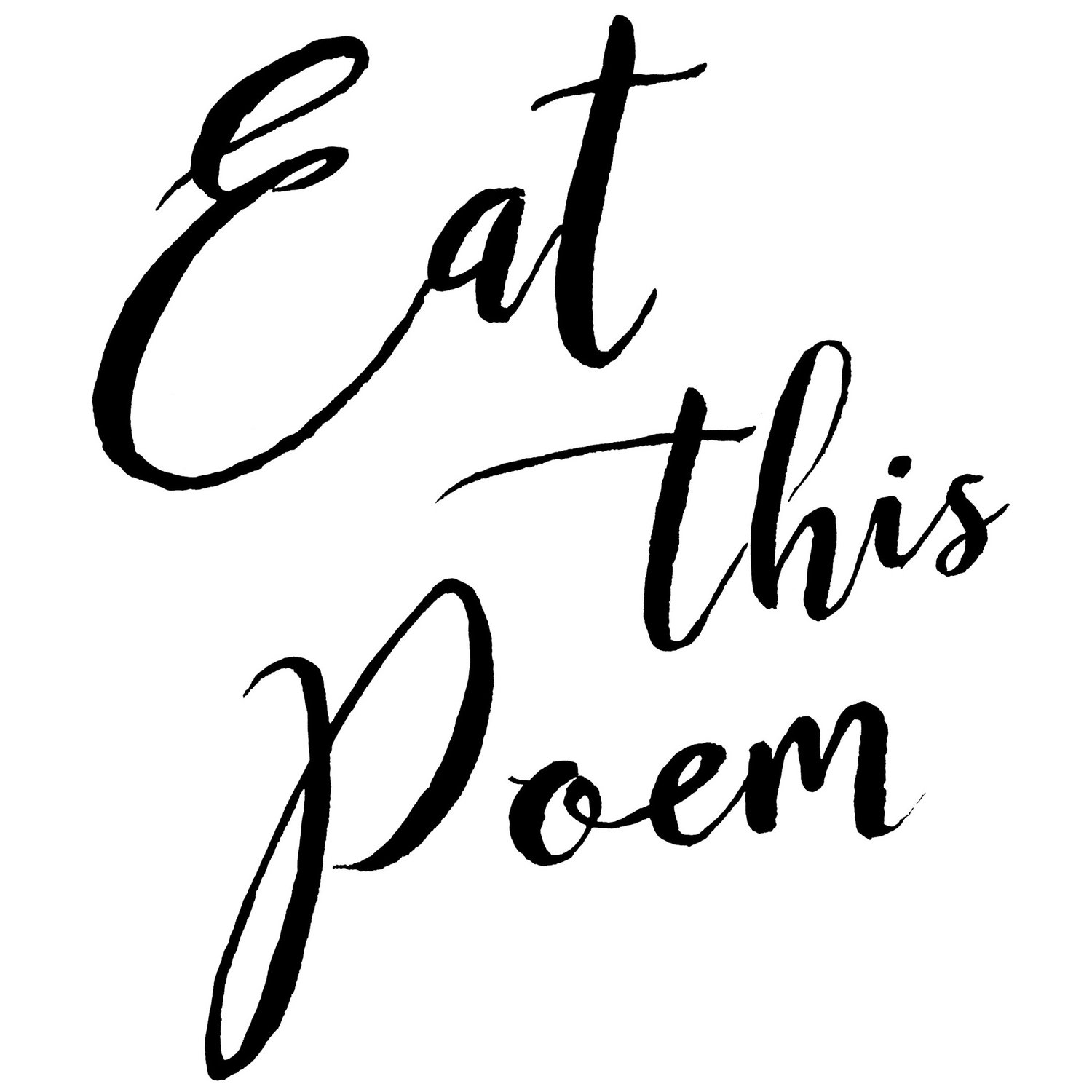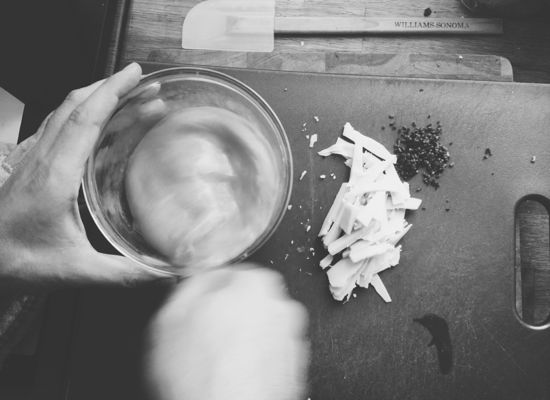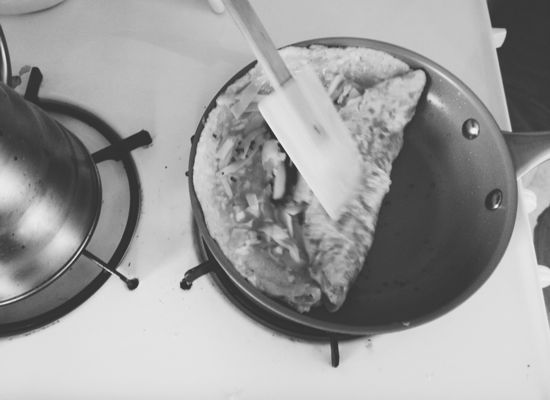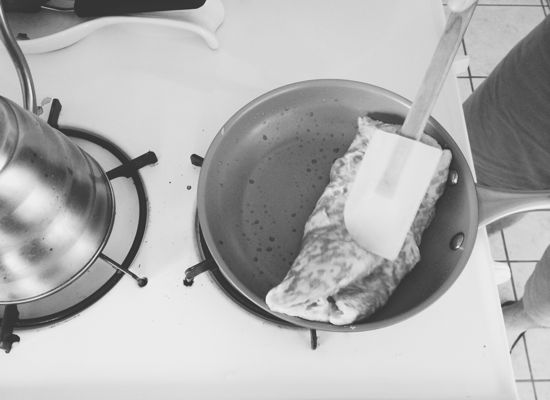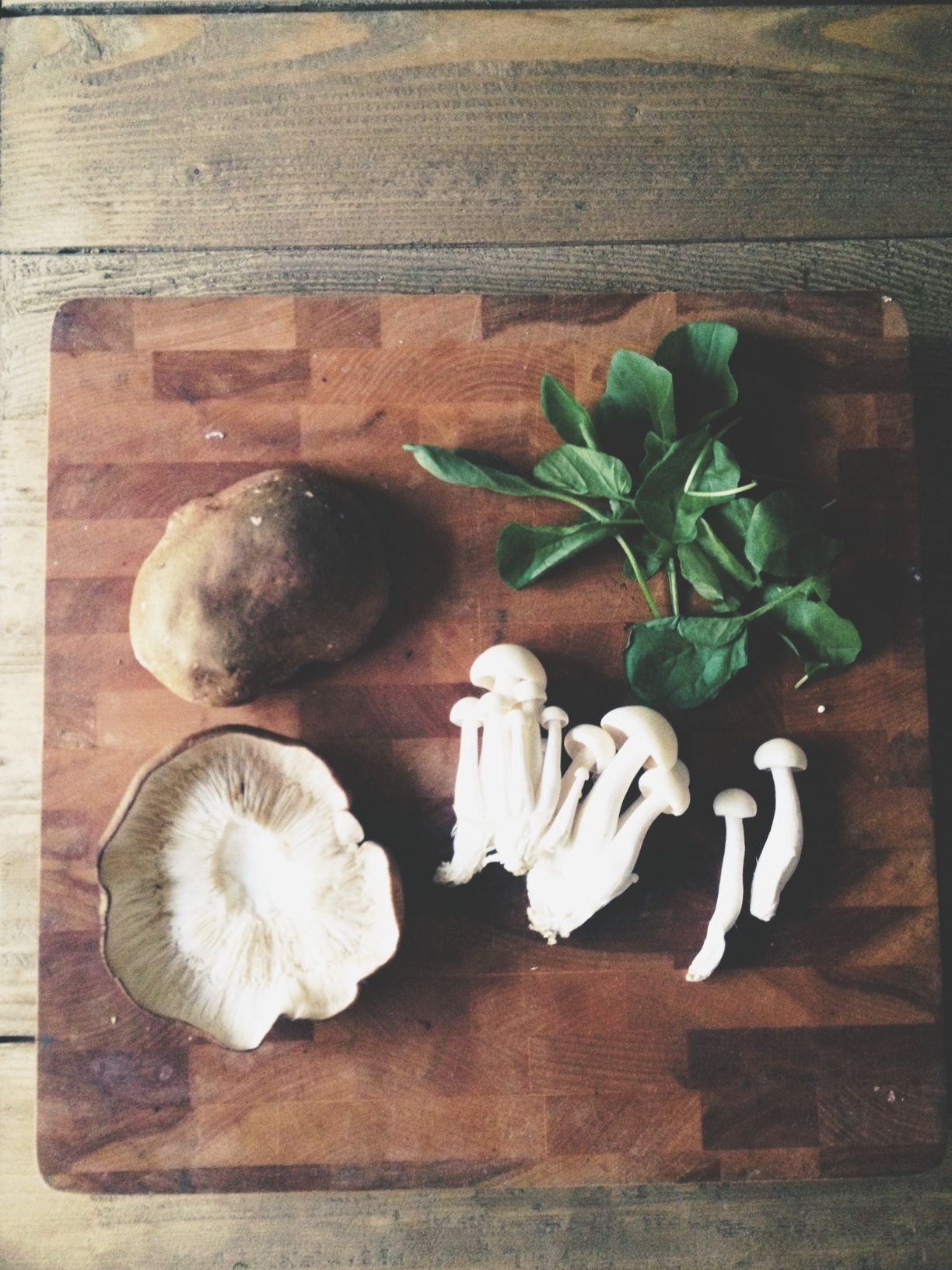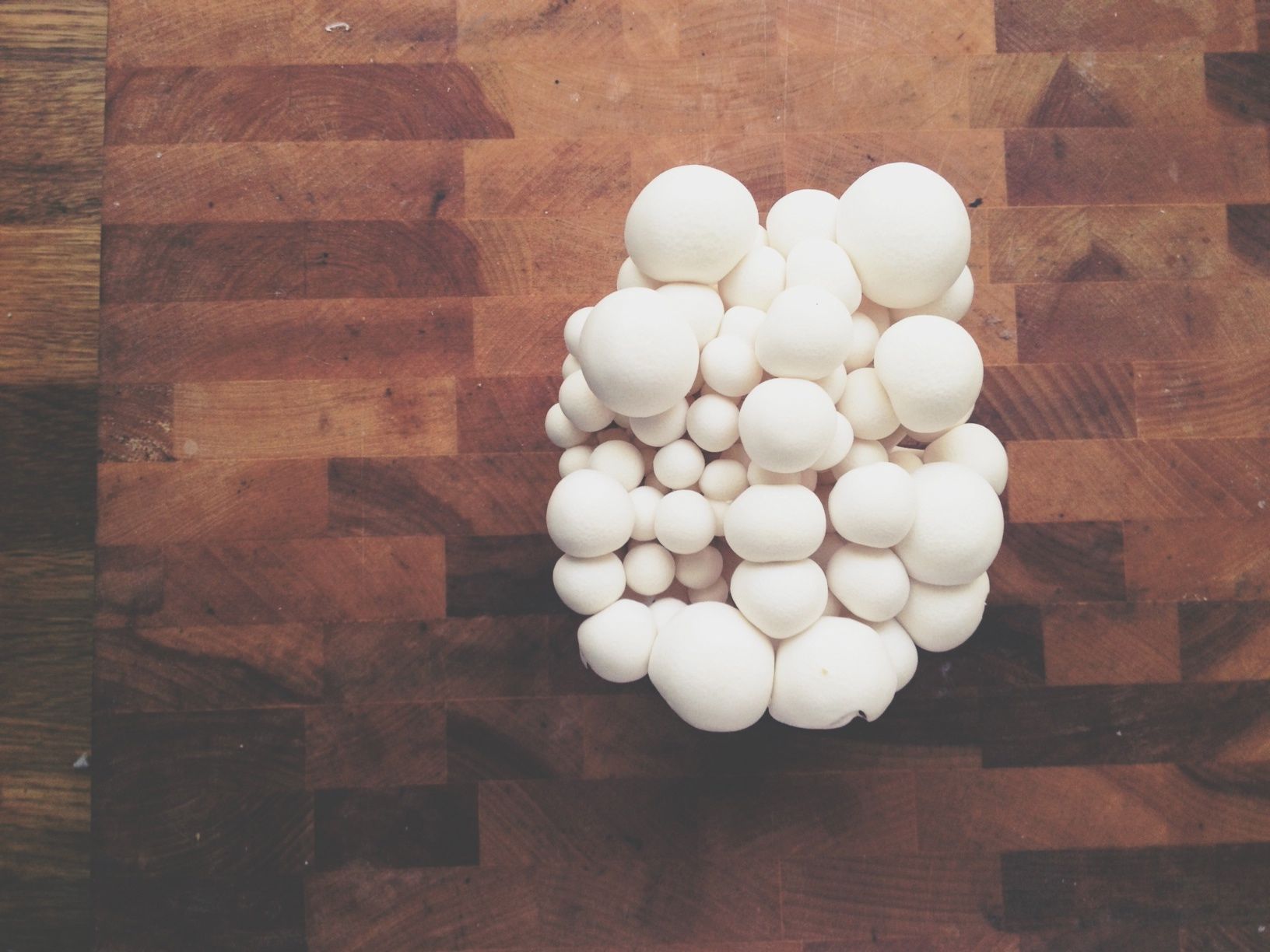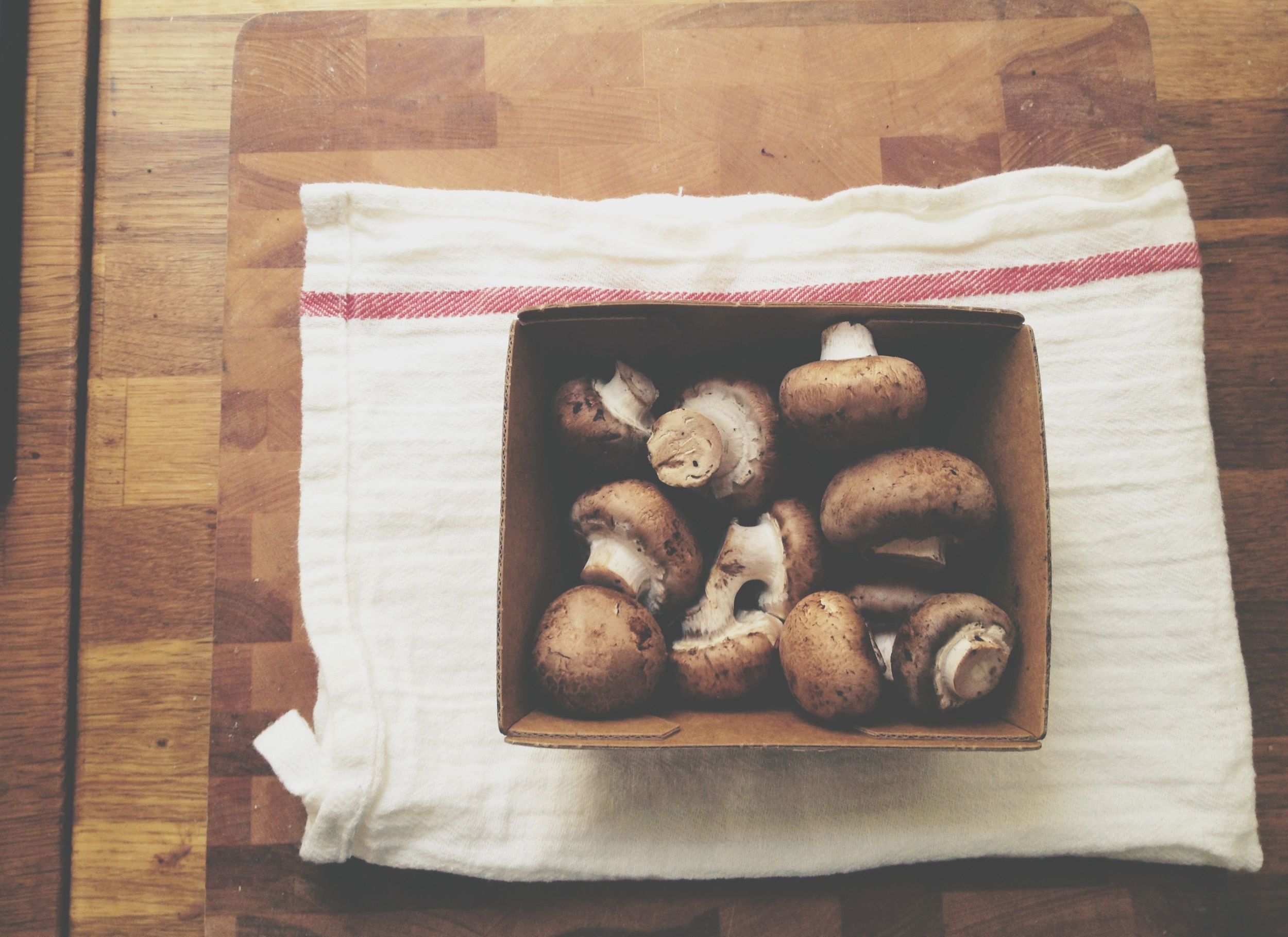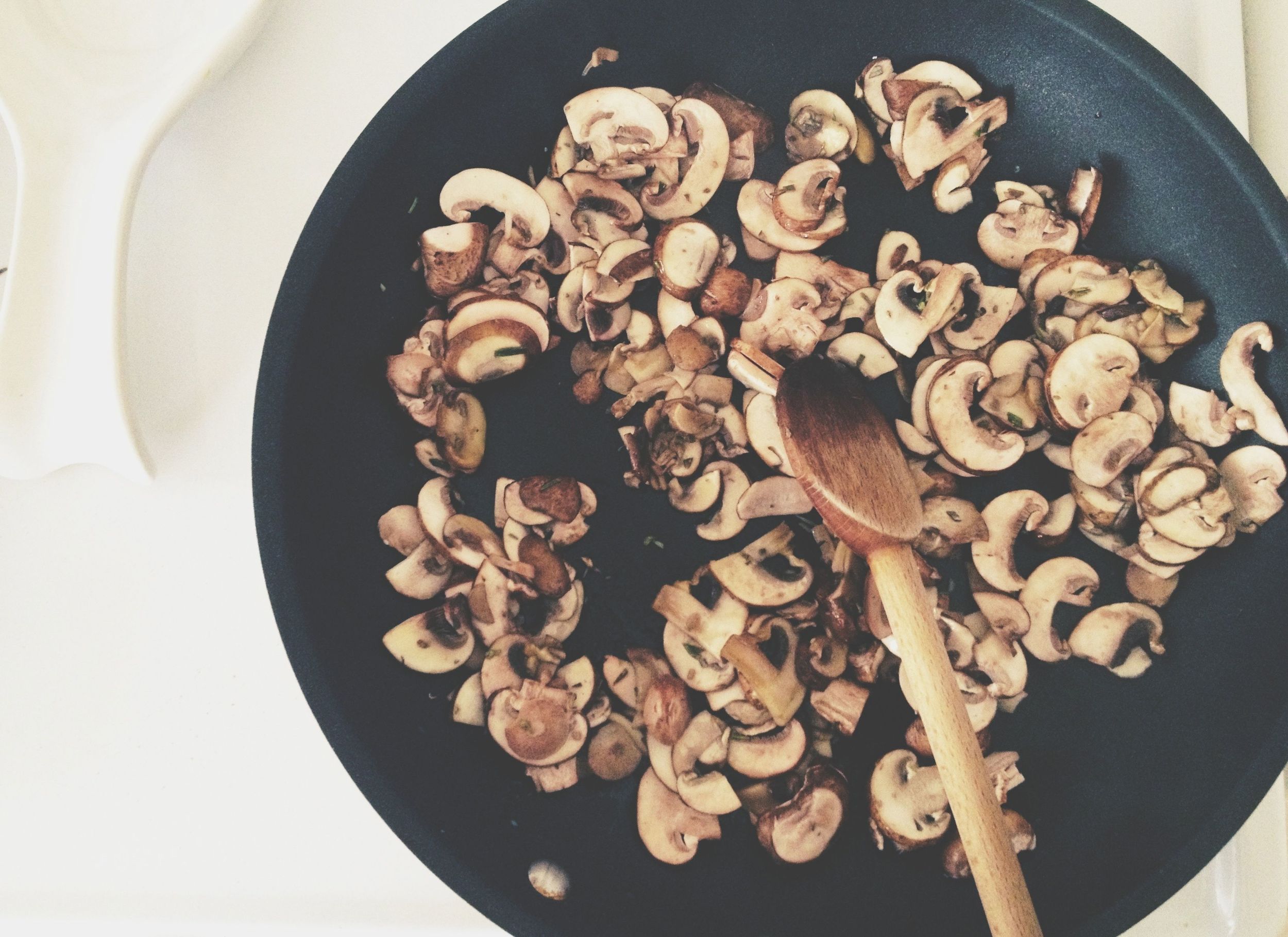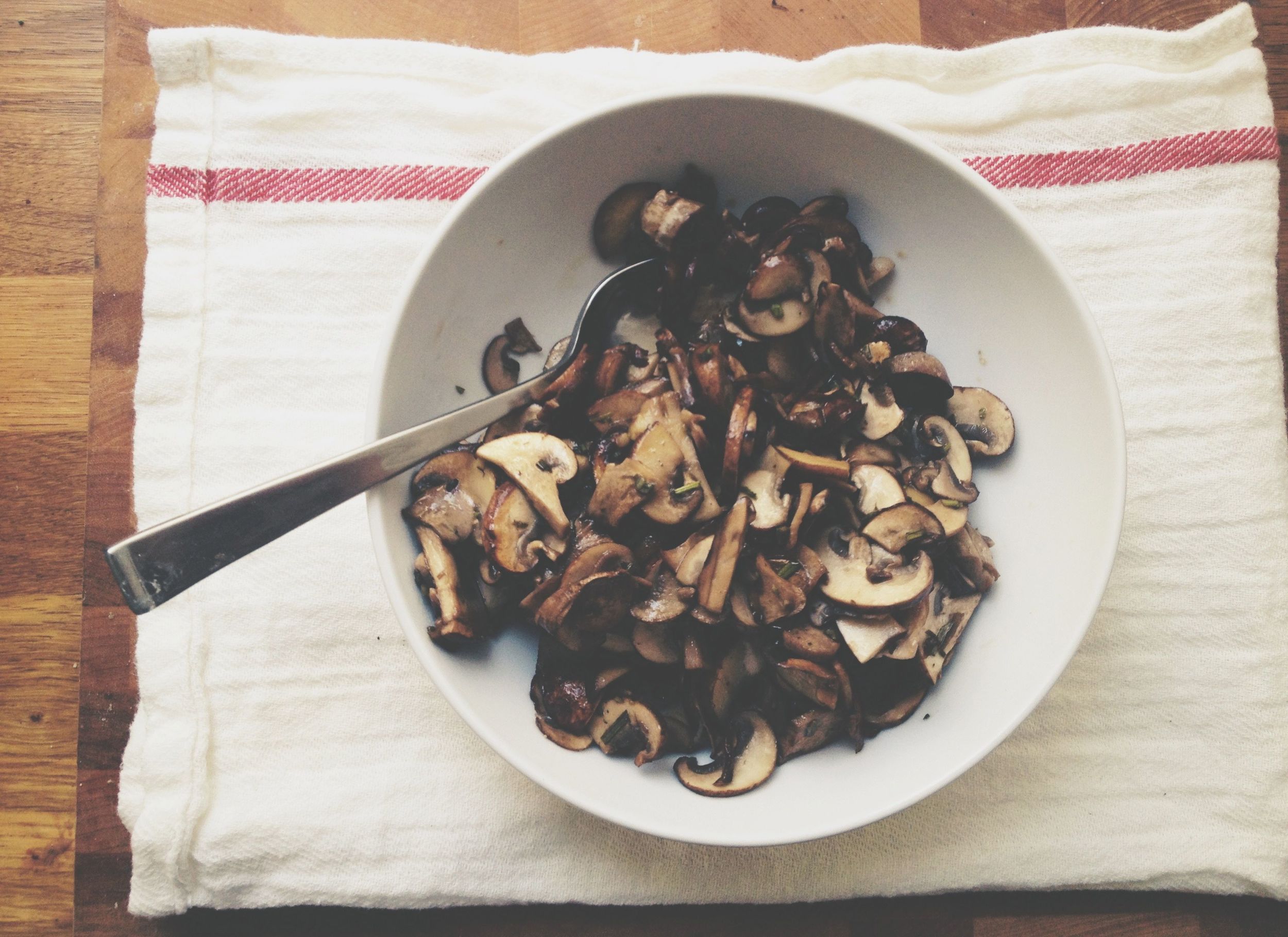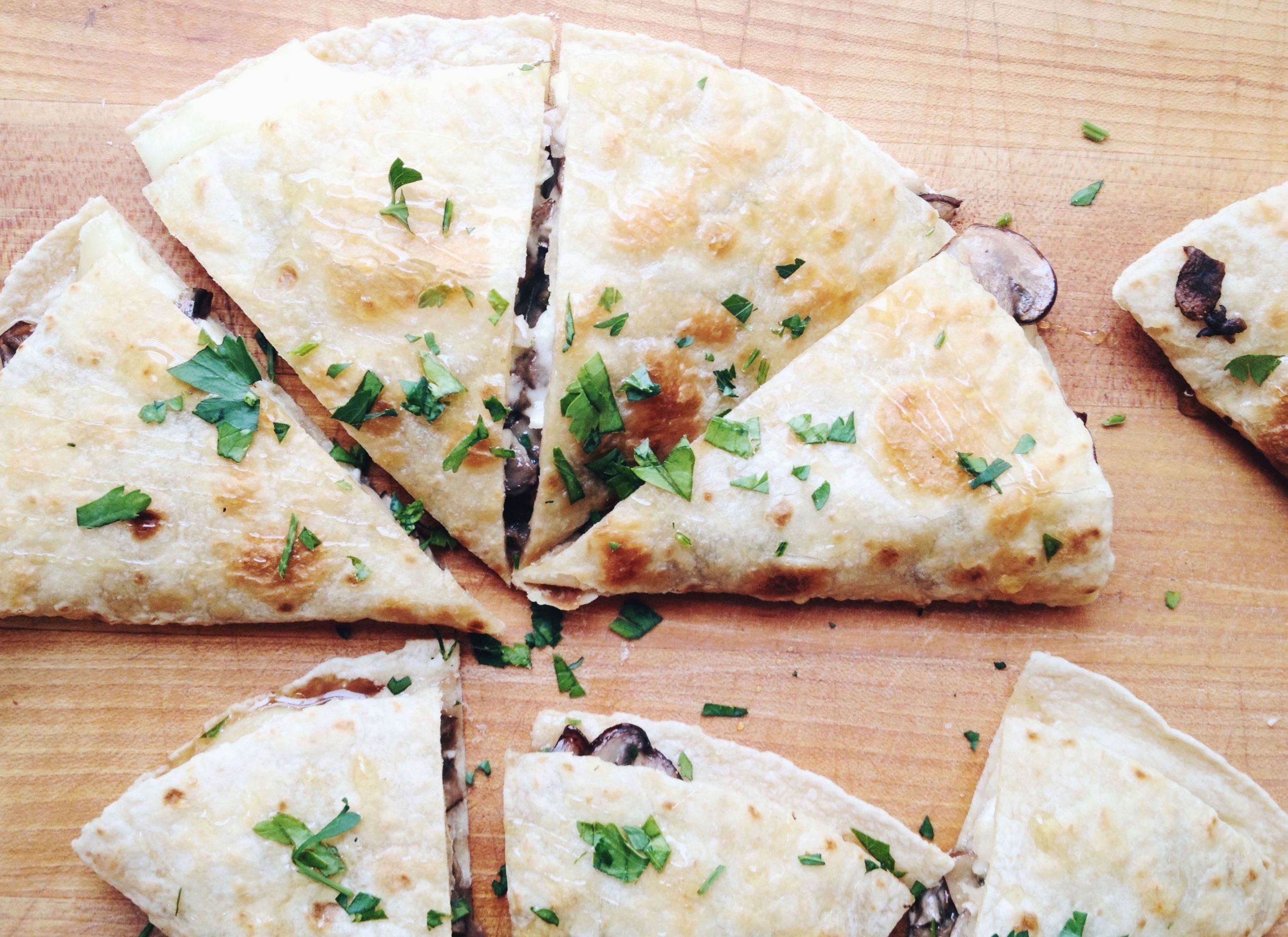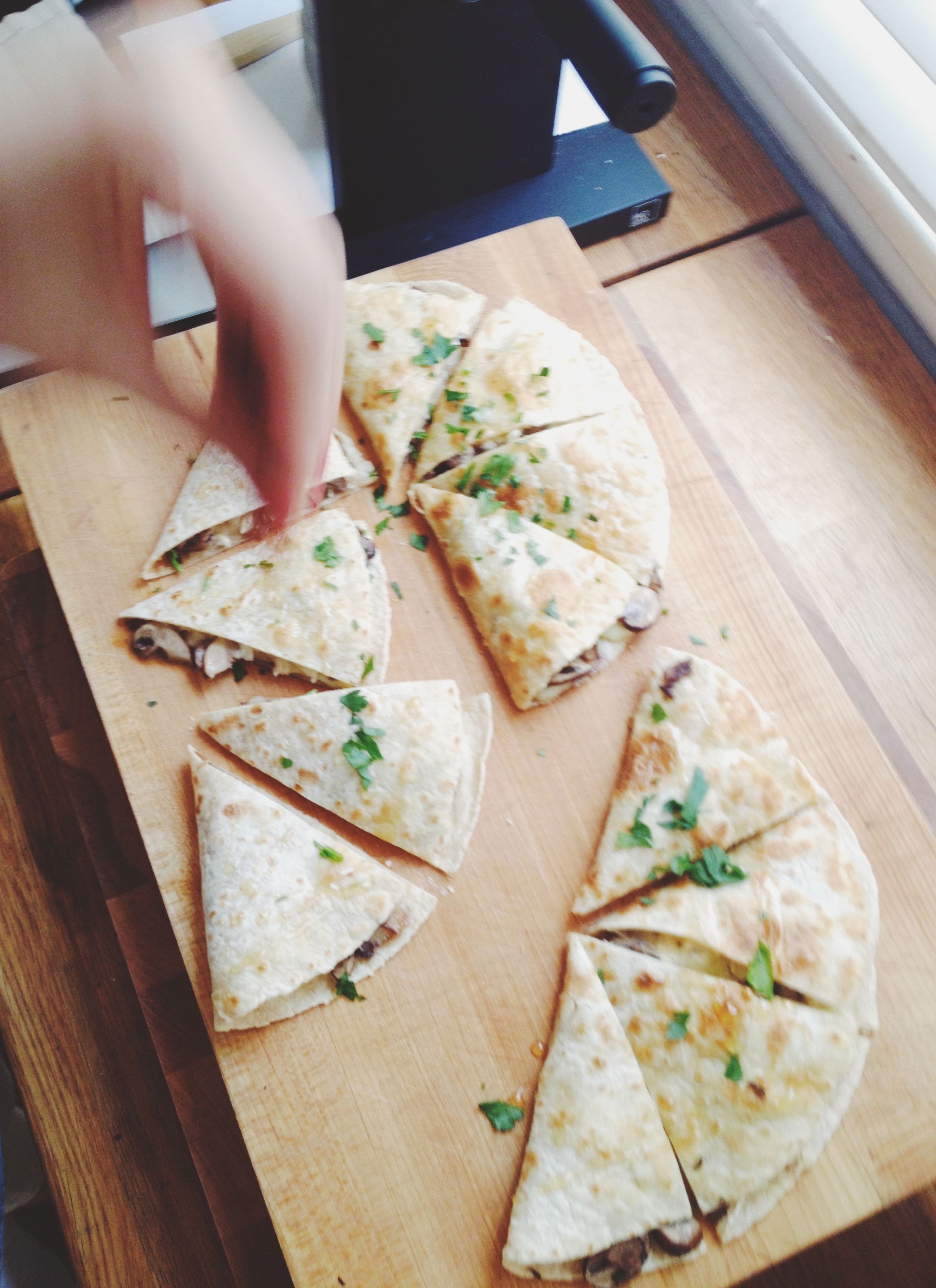Eggs and I had a slow start. I ate them in cakes and muffins, where the egg was hidden between layers of butter and flour. I scrambled them occasionally in my college kitchens when I had no other ideas for lunch, but they ended up grossly overcooked and spongy. My husband has been the one to change my mind, actually, but even that was a long transition.
Until recently, when he asked for eggs on Saturday morning, I usually made waffles instead. Then we shared a wonderful breakfast at a little cafe in Petaluma this July, and he insisted we bring home poblano peppers, bacon, and cheese to recreate the dish he loved so much. I protested for weeks, insisting that we couldn't make eggs because we didn't have an omelette pan. Then we bought one.
When we set it on the stove one evening, I pulled out Mastering the Art of French Cooking to read through Julia Child's egg chapter. Andrew claimed he already knew how to make an omelette, which he did, but he indulged me as I read her instructions aloud:
"A good French omelette is a smooth, gently swelling, golden oval that is tender and creamy inside...Learning to make a good omelette is entirely a matter of practice. Do one after another for groups of people every chance you get for several days, and even be willing to throw some away. You should soon develop the art, as well as your own personal omelette style." - Julia Child
Her voice is so encouraging. She also acknowledges the challenges posed by a written omelette recipe, as they take so little time to cook, you don't have a chance to stop and read the next instruction. You must be confident and prepared from the start.
Today's poem by Abby Leigh offers a similar encouragement, embracing the day's first meal from a place of reflection and hope. Having recently become a breakfast convert, I appreciated her poem even more. The mantra "i believe in breakfast... i believe in mornings" nudges you out of bed and into the kitchen where the day's possibility can unfold in its own way. It might be still and quiet. It might be full of "amplified sounds of neighbors and deliveries," but it's always yours to do with what you please.
i believe in breakfast
by Abby Leigh
in the holding power of hot coffee between us,
in the truths that spill from eyes still squinting with sleep
and lips still clinging to dream-drenched words.
i believe in mornings.
in the new mercies of summer breaking through the blinds,
in the amplified sounds of neighbors and deliveries and the
resetting of all that yesterday set off.
for first hour routines hold such holy potential,
rites of preparation, intention,
the feeding of body and soul -
eggs and delusions cracked open and laid bare.
to starting, again, and awakening the world,
one sip,
one word,
one morning at a time.
This poem was selected to be featured in the Eat This Poem contest anthology, and as I was reading, I couldn't help but scribble recipe ideas in the margins. "Eggs and delusions" are on the menu in this poem, and I can think of nothing better than an omelette swirled with mushroom puree and scattered with snipped chives.
Omelette for Autumn
Sauteed mushrooms are welcome here. If you'd like to use a pureed version, pour 1 cup of hot water over .5 ounces of dried mushrooms. Steep for 15 minutes, then puree in a blender.
Inspired by Julia Child, Mastering the Art of French Cooking
Serves 1
3 eggs
1 tablespoon unsalted butter
1 tablespoon chopped chives
1 tablespoon mushroom puree (if using)
Salt and pepper
Break the eggs into a small bowl and beat with a fork. Add a pinch each of salt and pepper. Melt the butter in an 8-inch nonstick pan set over high heat. As it melts, tilt the butter in all directions to be sure the surface is well coated. When the foam has almost subsided, pour in the eggs.
Immediately slide the pan back and forth rapidly over the burner. At the same time, stir eggs quickly with a fork to help spread them over the bottom of the pan. In just a few seconds, they will become a light, broken custard. Quickly add your chives and mushrooms or mushroom puree (if using).
Tilt the handle to 45 degrees and gather the eggs at the far side of the pan with the back of your fork. It will just need a few more seconds here so the bottom can brown lightly. The center of the omelette should be soft and creamy when you turn it out onto a plate.
